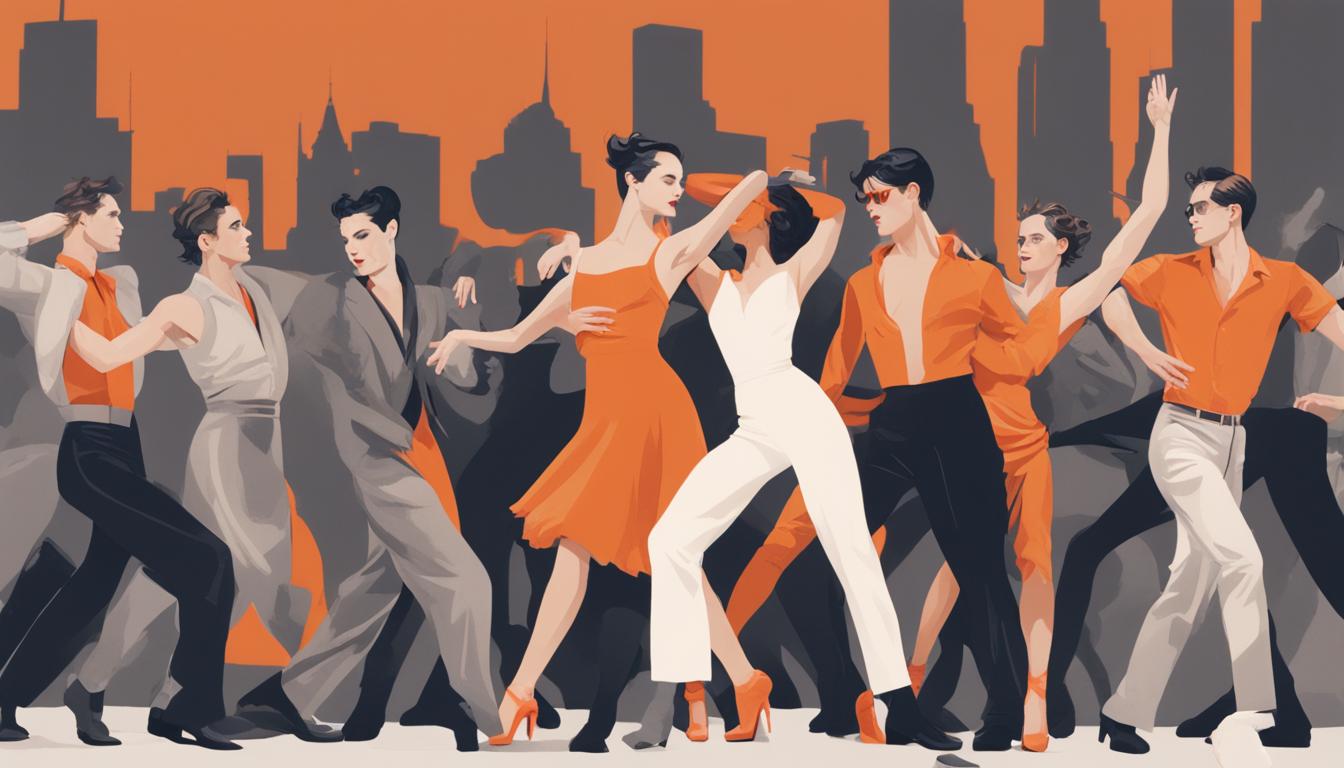The 2024 Tony Awards spotlight choreography that pushes the boundaries of traditional dance in theater, featuring works from productions such as "The Outsiders," "Hell’s Kitchen," "Here Lies Love," "Water for Elephants," and "Illinoise." These productions, varied in thematic and stylistic elements, each introduce choreography that complements narrative and character with innovative movement.
"The Outsiders," choreographed by Rick and Jeff Kuperman, employs kinesthetic techniques, incorporating the performers' martial arts backgrounds to heighten the realism of fight scenes in the musical adaptation of S.E. Hinton’s novel. Their approach not only intensifies the drama but also deepens audience engagement by simulating the physical impact of the scenes.
In "Hell’s Kitchen," Camille A. Brown’s choreography captures the essence of 1990s Manhattan through dance that mirrors the daily lives of the neighborhood’s residents, while also echoing historical Broadway styles. This method effectively links character emotion and period music with visually expressive movement.
"Here Lies Love," with choreography by Annie-B Parson, transforms the theater into an interactive nightclub setting, reflecting the life of Imelda Marcos. The choreography extends into the audience, involving them directly in the performance and blurring the lines between observer and participant.
"Water for Elephants," created by Jesse Robb and Shana Carroll of the Seven Fingers collective, integrates 'cirque nouveau' with a 1930s circus setting. This approach uses acrobatics not just as spectacle but as a storytelling device that enhances the narrative’s thematic elements of risk and community.
Lastly, "Illinoise" presents choreography by Justin Peck, which ambitiously interprets Sufjan Stevens’s music through dance that expresses the personal stories of young people. The choreography in this production has sparked divergent reactions among theater and dance critics, reflecting differing expectations of the role of choreography in narrative.
These productions demonstrate a shift in Broadway choreography, with a move towards more varied and integrative approaches to dance in theatre storytelling.
